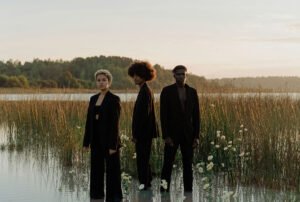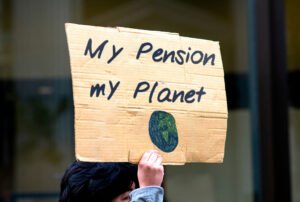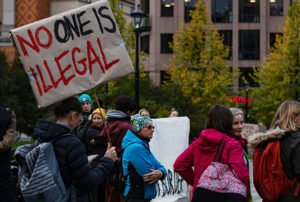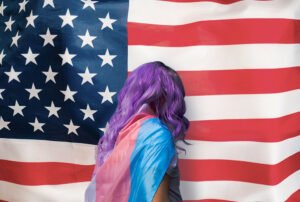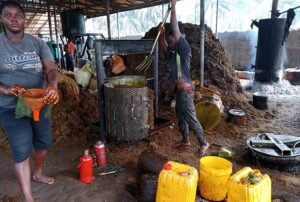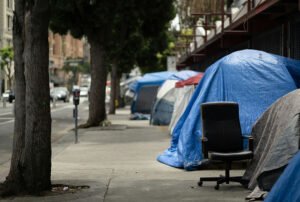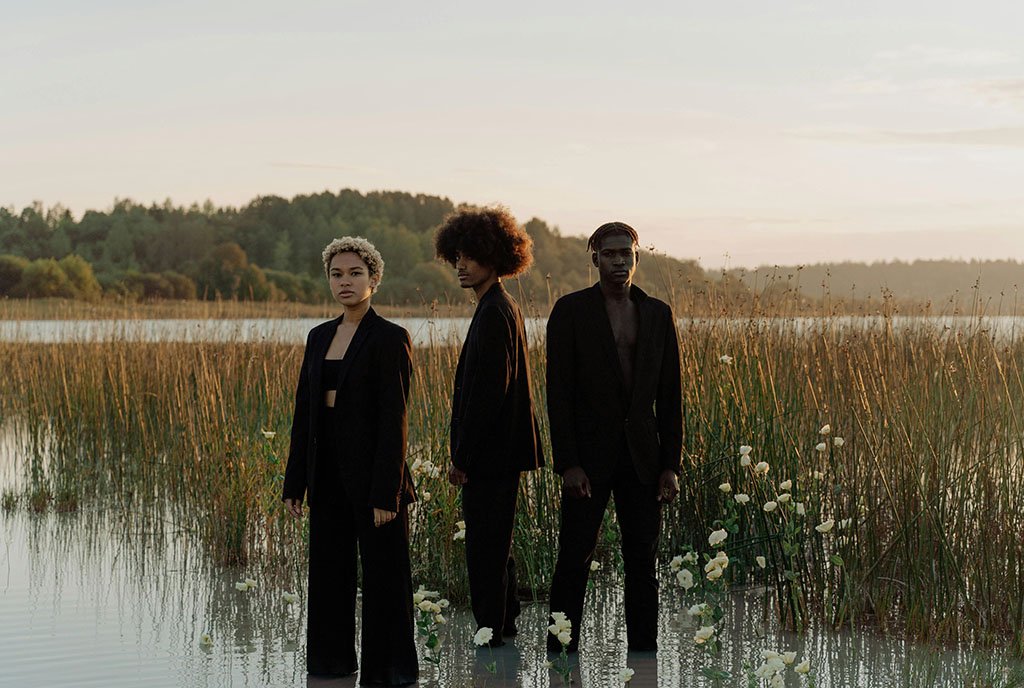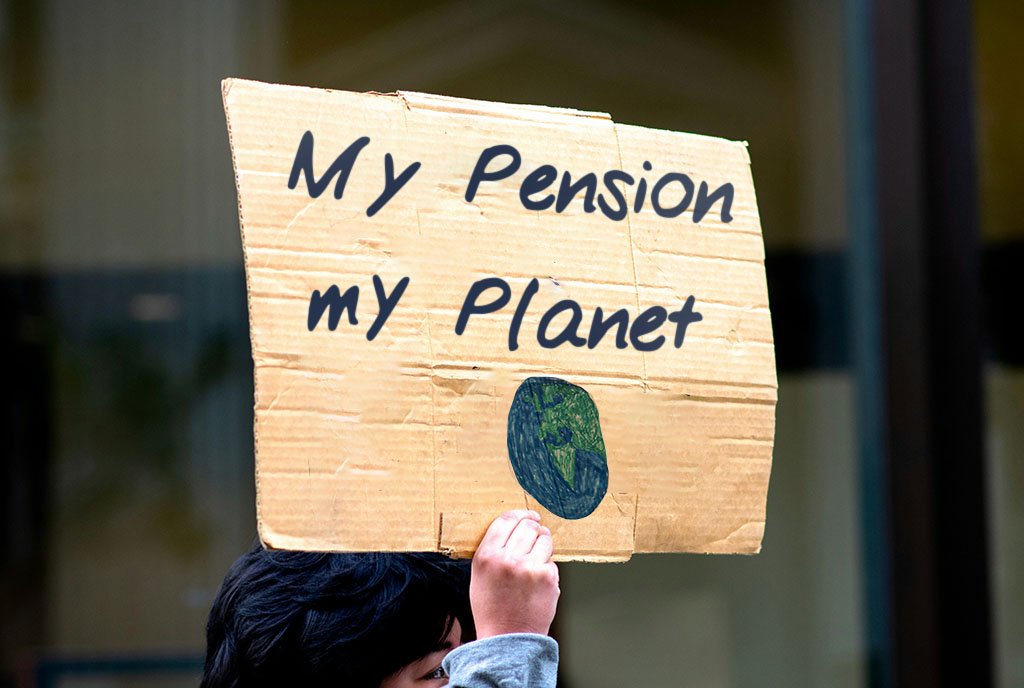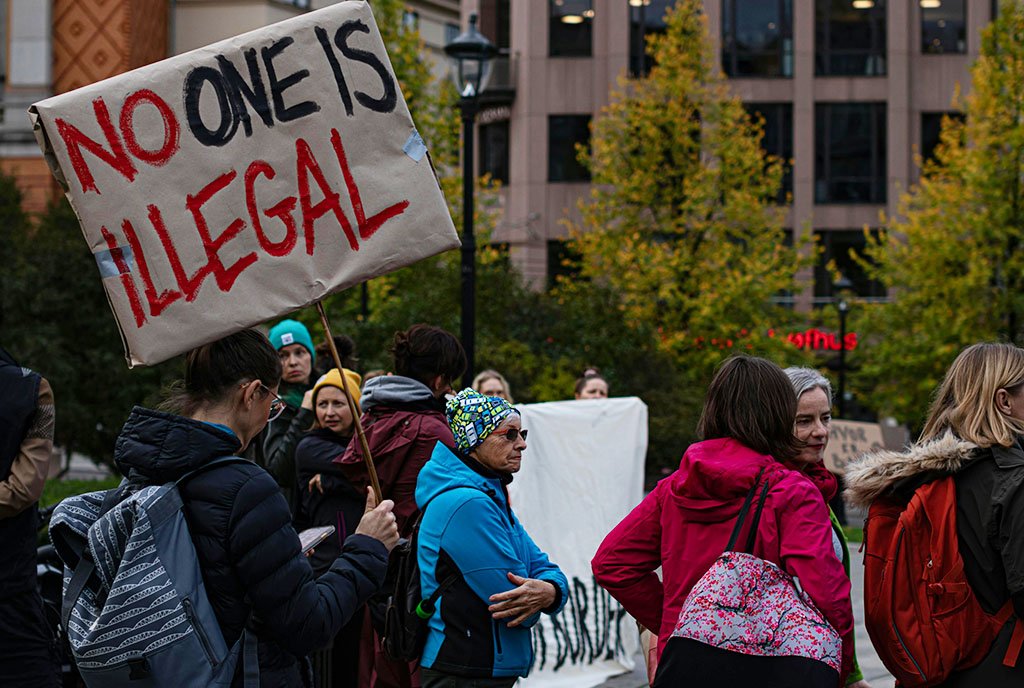
As I walked through the hectic streets of New York during Climate Week NYC 2024, I was struck by the unsettling disconnect between the urgency of the conversations happening within the walls of skyscrapers and the realities on the ground for those most affected by the climate crisis. Despite the inspiring discussions and “bold” solutions proposed every year, one truth is obvious: too many voices are missing.
Indigenous communities, forcibly displaced people, and young people, particularly young women and girls from the Global Majority countries most impacted by climate disasters, remain largely absent from crucial dialogues about the crisis.
This year’s Climate Week, which happened in late September, offered a wide range of events, actions, and panels that promised solutions for the escalating climate emergency. Yet, despite the focus on inclusivity and global action, there was an appalling absence of at-risk communities from regions already experiencing the most devastating impacts of climate change.
Climate Week NYC or global summits like COP become echo chambers for the already privileged.
Why aren’t the voices of those living through floods, droughts, and forced displacement at the center of discussions? And why are young women, often the most vulnerable to climate impacts, continually sidelined from these global conversations?
Conference Hall Conversations Versus Realities on the Ground
One of the most noticeable gaps during Climate Week NYC was the disconnect between those presenting ideas and those living the consequences of climate inaction. While people talk of innovative technologies, policy recommendations, and financial commitments, the firsthand accounts of young people whose lives have already been affected by climate disasters—those who are not afforded the luxury of attending so-called high-level events but who, nonetheless, hold key solutions to the climate crisis—go unheard.
Take, for example, those who have been displaced due to climate-related disasters. The most recent UNHCR report estimates that 26.4 million people are forcibly displaced by weather-related events each year, with women and girls facing heightened risks.
These climate refugees face compounded challenges as their homes are destroyed, and they are often excluded from education, employment, and the global discourse on climate justice. They are forced to the margins, both geographically and politically.
Too often, these spaces, whether at Climate Week NYC or global summits like the become echo chambers for the already privileged, with the same voices dominating year after year. While it is one thing to propose funding solutions for adaptation and resilience, it is another to understand the lived experiences of those who need them the most.
Barriers to Participation
The barriers preventing people from the Global Majority from participating in events like Climate Week are not accidental; they result from systemic exclusion. One of the most prominent is visa denials, a common challenge for activists from regions like Africa and SWANA (South West Asia and North Africa).
The exclusion of these voices leads to discussions that feel theoretical rather than grounded in real-world challenges.
Many climate activists who have firsthand knowledge of climate injustice are denied the opportunity to participate simply because they cannot secure visas in time to attend. This systemic issue speaks volumes about the imbalance of power within the climate justice movement, where access to international platforms remains a privilege afforded only to those from wealthier, more stable countries.
In addition to visa barriers, funding is another significant obstacle. Young women and girls from the Global Majority often lack the financial resources to attend international climate events.
While there are a few grants and funding opportunities aimed at supporting youth participation, they are not enough to meet the demand or to ensure equitable access. This means that many young women, despite their expertise and lived experience, are left out of these crucial conversations simply due to financial constraints.
Sign up for our free newsletters
Subscribe to NPQ's newsletters to have our top stories delivered directly to your inbox.
By signing up, you agree to our privacy policy and terms of use, and to receive messages from NPQ and our partners.
As someone who has attended climate events around the world, I’ve witnessed how the exclusion of these voices leads to discussions that feel theoretical rather than grounded in real-world challenges. We are missing essential perspectives and solutions—perspectives that could shape more effective, just, and sustainable policies.
Why Representation Matters
The absence of young women and girls from the Global Majority at Climate Week NYC is a moral failing. They are not just victims of the climate crisis; they are also leaders and innovators. Many of them are already spearheading climate solutions in their own communities, from building local adaptation projects to advocating for policy changes. Their absence from global platforms diminishes the potential for truly transformative change.
In global climate spaces, representation is about justice. Young people from the Global Majority bring unique perspectives shaped by their lived experiences, and they offer solutions that are often overlooked in traditional policy discussions. They understand the intersectionality of the climate crisis and how it affects everything from gender inequality to food insecurity to forced migration. Their insights are invaluable, yet their voices are continually marginalized.
It’s time to shift the power dynamics within the climate justice movement.
The Power of Indigenous Wisdom and Grassroots Movements
During my time at Climate Week NYC, I had the privilege of attending an event organized by Daughters for Earth, SHE Changes Climate, Equality Now, and Vital Voices. The gathering was inspiring, filled with changemakers deeply committed to climate justice. It was one of the few spaces where I felt a genuine effort had been made to include the voices of those often sidelined, particularly Indigenous women.
Indigenous women have long been protectors of our Earth and stewards of the land, employing sustainable practices that have preserved ecosystems for generations. Yet despite their invaluable knowledge, they are often excluded from formal climate discussions.
This event emphasized how Indigenous women are at the forefront of climate solutions, not just in terms of adaptation but also in terms of mitigation, offering strategies that prioritize both people and the planet. Their wisdom and lived experiences are crucial to understanding how we can holistically tackle the climate crisis.
As I listened to these changemakers, I was reminded how much the international climate movement remains separate from the grassroots movements. The solutions proposed in spaces like Climate Week often focus on technological innovations or market-based solutions, sidelining traditional ecological knowledge that has stood the test of time. To truly address the climate crisis, we must not only invite these voices into the room. We must center them.
Inclusion as a Path to Justice
The climate crisis is escalating, and the time for half measures is over. If we are serious about climate justice, we must ensure that those who are most affected by the crisis, particularly young women and girls from the Global Majority, are not only included but centered in global climate dialogues.
To move forward, we must address the structural barriers that exclude these voices, from visa denials to funding gaps. We must also recognize the value of Indigenous knowledge and grassroots movements in crafting sustainable, just solutions to the climate crisis.
It’s time to shift the power dynamics within the climate justice movement. It’s time to decolonize climate justice by ensuring that those who have the most at stake are the ones leading the way.
More Like This:



